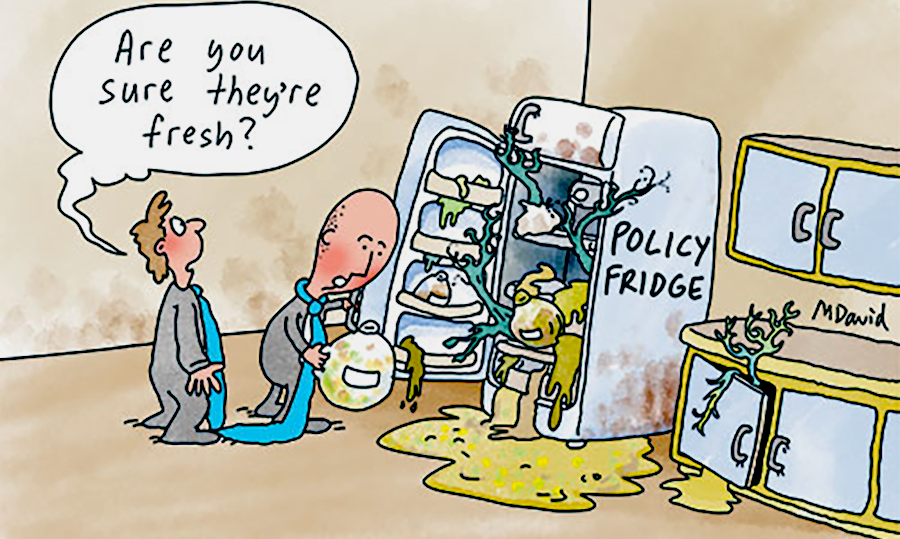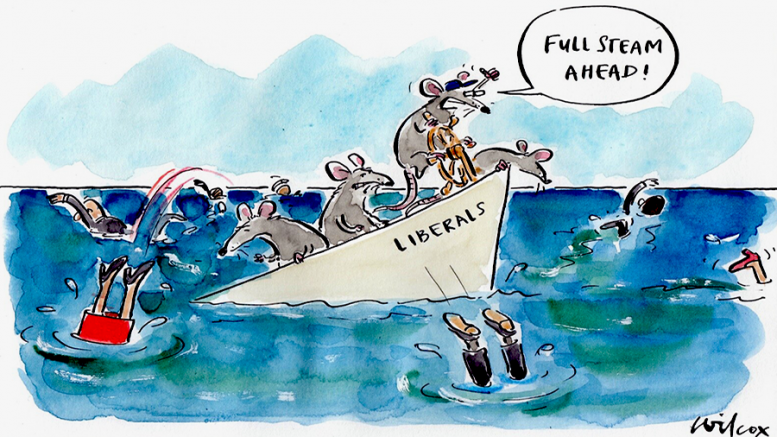Contributed by Ben Wilson
Victoria is on the way to a state election, and it’s looking good for the Andrews government. A fair amount has been invested in transport and other vital infrastructure on its watch. This and some other changes it has brought about have won approval from the broad community.
But the Andrews government has also sometimes been too heavy handed. An example is the handling of the anti-mandatory Covid vaccination movement. Elements within it have been over the top. But indiscriminate hard policing has given its opponents a life raft, and they have tried to cash in on it.
The main advantage the Andrews government has is far less any reaction against its actions than the disarray in the opposition. It looks hopeless and divided, and unable to project what it stands for. Its campaigning is thoroughly opportunistic and lacking in substance.
By shaking a fist against big money spent on trains and promising to use the money to upgrade the health system for instance, for example, smacks of base opportunism and desperation.
The party’s strategists know very well that the biggest part of funding the health system is a federal responsibility. Pretending otherwise is a lie. The money not spent on trains will not go here.
Another one is the promise to halve Melbourne’s public transport fares. They know this is a privatised system, where profit margins are guaranteed under contract and that the government will have to pay the difference. Where will the money come from?
Besides both being lies, this is an indication of a party that is no longer confident about its identity, other than it stands for the big end of town. It finds itself incapable of projecting this as a set of coherent policies that it can sell to voters.

This is not solely a Victorian problem. The same can be seen nationally and in every state and territory. We saw the fallout in this year’s election that brought the collapse of the Morrison government and the rise of the Albanese one, despite Labor having failed to increase its share of the votes.
Opposition leader Peter Dutton just can’t seem to manage to look like he stands for anything. This is good news for the Albanese government.
Underlying this is the reality that both of the major parties are losing their political base. The Liberals at a faster rate than Labor, and the dilemma for its strategists is how to arrest the slide in conditions where the capacity for flexibility is narrowing.
Another dilemma is whether it should shift further to the political right or move in the opposite direction. Squabbling over this causes internal division.
A third dilemma is that Labor has positioned itself as the true Liberal party, somewhere in between Britain’s Liberal Democrats and the Tony Blair style Labour Party. It no longer identifies itself up as the party of the workers. Its social base is starting to shift over to what once was an important social base of the Liberal Party, the aspirational middle class, which it is beginning to see as the new exponents of true conservatism, preserving the status quo that they have an interest in.
The Liberals face the problem of recasting themselves, and because Labor is moving into their old turf and narrowing of their political base, they are being pushed towards the radical right and posing the danger of an emergence of a far less democratic trend. This is no joke.
Labor, for its part, is moving away from its traditional working class base. The question is where will this base go?
Nothing can be taken for granted. What we do know is that Australia’s political landscape is changing, and the old certainties are dying.


Be the first to comment on "Labor’s best asset is a dysfunctional Liberal party no longer sure of what it is"